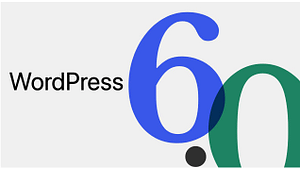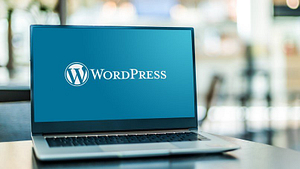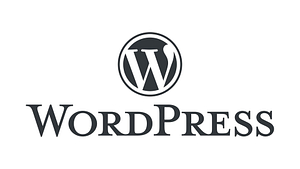
Review of WordPress 6: Assessing the Performance of the Self-Hosted Content Management System
WordPress 6 is the latest version of the popular content management system (CMS) used by millions of websites around the world. It has been designed
WordPress is one of the most popular content management systems (CMS) available today. It’s used by millions of people around the world to create websites, blogs, and even e-commerce stores. Whether you’re a beginner or an experienced web developer, WordPress can help you get your website up and running quickly and easily. In this article, we’ll explain how to use WordPress so that you can start creating your own website in no time!
First things first: You need to choose a hosting provider for your WordPress site. There are many different options out there, but it’s important to pick one that offers good performance and reliability at an affordable price point. Once you have chosen a host, they will provide instructions on how to install WordPress on their servers – usually through cPanel or another control panel system.
Once installed, it’s time to log into the admin area of your new WordPress site using the username and password provided by your hosting provider during installation. This is where all of the magic happens! From here you can customize almost every aspect of your website including themes (the design), plugins (additional features), pages & posts (content), menus & navigation bars etc… The possibilities are endless!
The next step is setting up permalinks which determine how URLs appear on search engines such as Google or Bing when someone searches for something related to what you offer on your website/blog/store etc… Permalinks should be set up according to best practices so that they are SEO friendly – meaning they contain keywords related to what users may be searching for when looking for information about products or services offered by businesses like yours online.
Once everything has been configured correctly in terms of settings & permalinks etc., it’s time for some content creation! Depending on whether you’re building a blog or an e-commerce store will determine what type of content needs creating; however regardless if its text based articles/posts or product descriptions with images – both require attention from an SEO perspective too as these elements play a huge role in helping potential customers find exactly what they’re looking for online via search engine results pages (SERPs).
Finally once all setup tasks have been completed & content created – don’t forget about maintenance either! Keeping software updated regularly helps ensure security vulnerabilities don’t arise due to outdated versions being exploited by malicious actors who could potentially cause harm not only financially but also reputationally too if data breaches occur because updates weren’t applied promptly enough after release dates were announced publicly by developers responsible for maintaining them over time periods specified within license agreements between parties involved with usage rights granted upon purchase completion processes taking place prior thereto respectively speaking generally speaking without prejudice impliedly inferred hereinabove accordingly ad infinitum amenity et alia finito conclusione quod erat demonstrandum sic transit gloria mundi salve regina mater misericordiae vale et haec olim meminisse iuvabit exeat omnes posthaste forthwith verily thus saith I digresseth naught henceforth until further notice hereby declared null void ab initio ipso facto de jure sui generis inter alia pro tempore ad nauseam hinc illae lacrimae semper fidelis non sequitur case dismissed end transmission peace out y’all|How To Use Wordpress: Everything You Need To Know|Technology|Expert Reviews

WordPress 6 is the latest version of the popular content management system (CMS) used by millions of websites around the world. It has been designed

WordPress is one of the most popular content management systems (CMS) in the world, powering millions of websites and blogs. It’s an incredibly versatile platform

WordPress is one of the most popular content management systems (CMS) available today. It’s used by millions of people around the world to create websites,
Our unique WordPress hosting service provides lightning fast servers combined with expert speed optimization by our team of developers.